Litter box training isn’t just for cats anymore! Many dog owners, especially those with small breeds or living in apartments, are discovering the convenience of dog litter box training. This method provides a consistent indoor potty solution that works in all weather conditions and for owners with busy schedules.
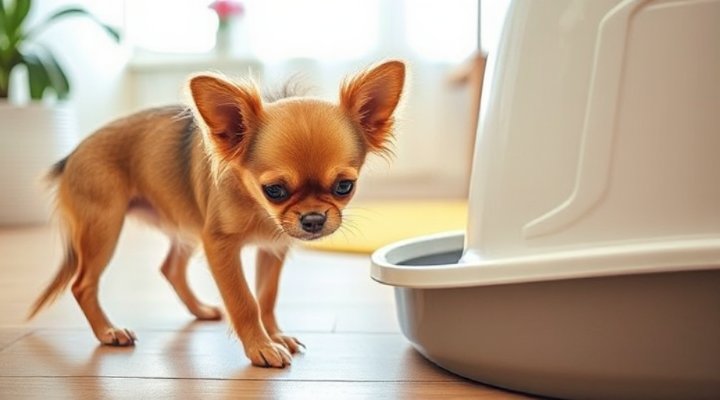
Why Choose Litter Box Training for Your Dog?
There are several compelling reasons to consider indoor potty training for dogs:
- Perfect for small breeds with small bladders
- Ideal for apartment living or homes without yards
- Great solution for senior dogs or those with mobility issues
- Convenient during extreme weather conditions
- Helpful for owners who work long hours
As the House Training a Dog: The Complete Guide mentions, consistency is key in any potty training method. The same applies to litter box training.
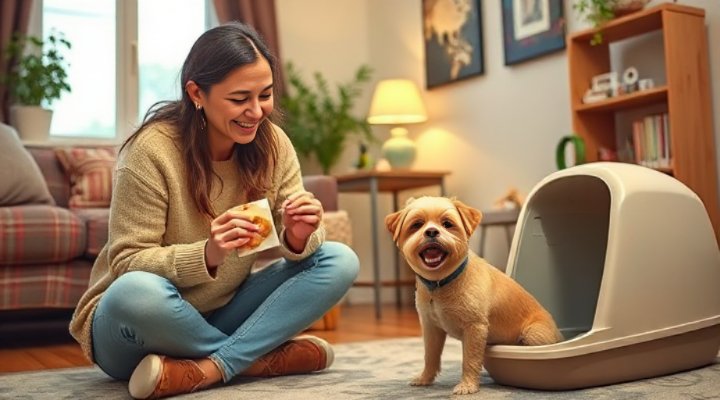
Getting Started with Dog Litter Box Training
Choosing the Right Litter Box
Not all litter boxes are created equal when it comes to dogs. Here’s what to look for:
- Size: Big enough for your dog to turn around comfortably
- Material: Durable and easy to clean
- Design: Low entry for small dogs or puppies
- Type: Open trays or enclosed boxes based on your preference
According to the American Veterinary Medical Association, the right equipment can make training much easier.
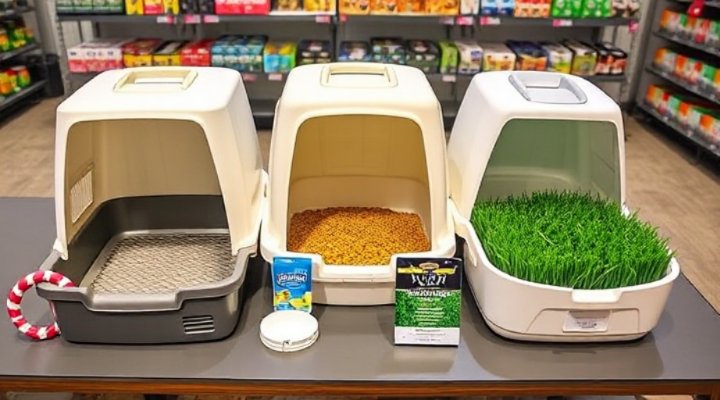
Selecting the Best Litter Material
Unlike cats, dogs don’t have the instinct to bury their waste, so the litter choice is different:
- Paper-based pellets
- Wood shavings
- Artificial grass systems
- Special dog litter products
Avoid clumping cat litter as it can be harmful if ingested by dogs.
The Step-by-Step Training Process
Follow these steps for successful dog litter box training:
- Introduce your dog to the litter box area
- Use positive reinforcement when they show interest
- Establish a consistent feeding and potty schedule
- Watch for signs they need to go (sniffing, circling)
- Praise and reward successful use immediately
For more general training tips, check out our Best Way to Potty Train a Dog guide.
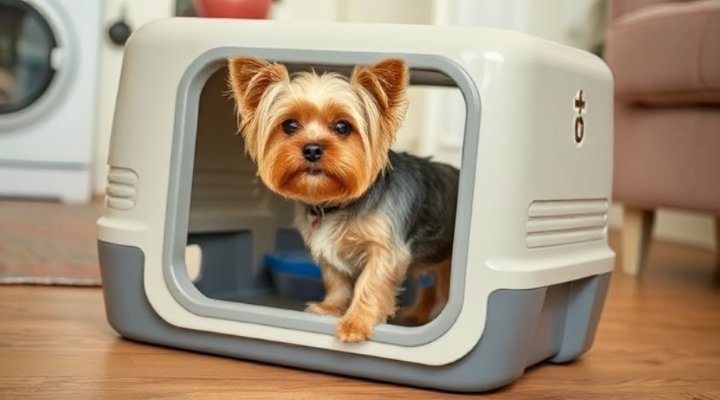
Troubleshooting Common Issues
Even with the best dog litter box training guide, you might encounter some challenges:
| Issue | Solution |
|---|---|
| Dog avoids the box | Try different litter types or box locations |
| Accidents near the box | Use enzyme cleaners and consider a larger box |
| Eating the litter | Switch to safer materials and supervise initially |
| Inconsistent use | Stick to a stricter schedule and reward system |
The American Kennel Club recommends patience during the training process, as every dog learns at their own pace.
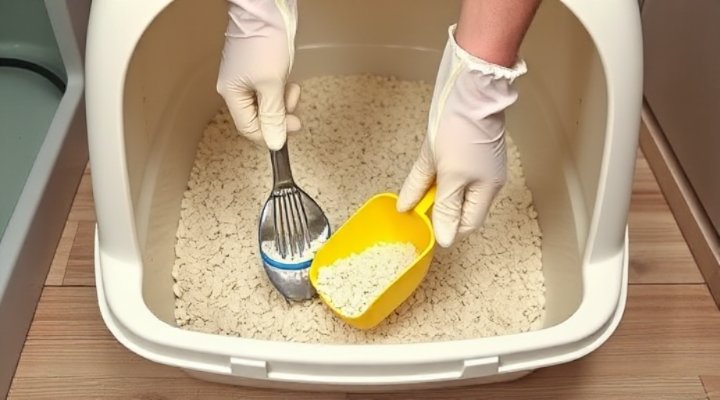
Maintaining Your Dog’s Litter Box
Proper maintenance is crucial for continued success:
- Scoop waste daily
- Change litter completely 1-2 times weekly
- Wash the box with mild soap regularly
- Use odor neutralizers if needed
- Replace worn boxes periodically
Remember, a clean box is more inviting to your dog and helps prevent accidents elsewhere.
When to Consider Other Options
While litter box training for dogs works well for many, it might not be ideal for:
- Very large breeds
- Dogs who already have established outdoor habits
- Homes with multiple dogs sharing one box
In these cases, our Potty Training Puppy in an Apartment guide might offer alternative solutions.
Final Thoughts on Dog Litter Box Training
Dog litter box training can be a game-changer for many pet owners. With patience, consistency, and the right setup, you can create a convenient indoor potty solution that keeps both you and your furry friend happy. Remember that every dog is different, so be prepared to adjust your approach as needed.
For those with multiple training needs, our Obedience Classes for Puppies article might be helpful for other aspects of your dog’s education.
Related Keywords: indoor dog potty training, small dog litter training, how to train a dog to use a litter box, best litter for dogs, apartment dog potty solutions

